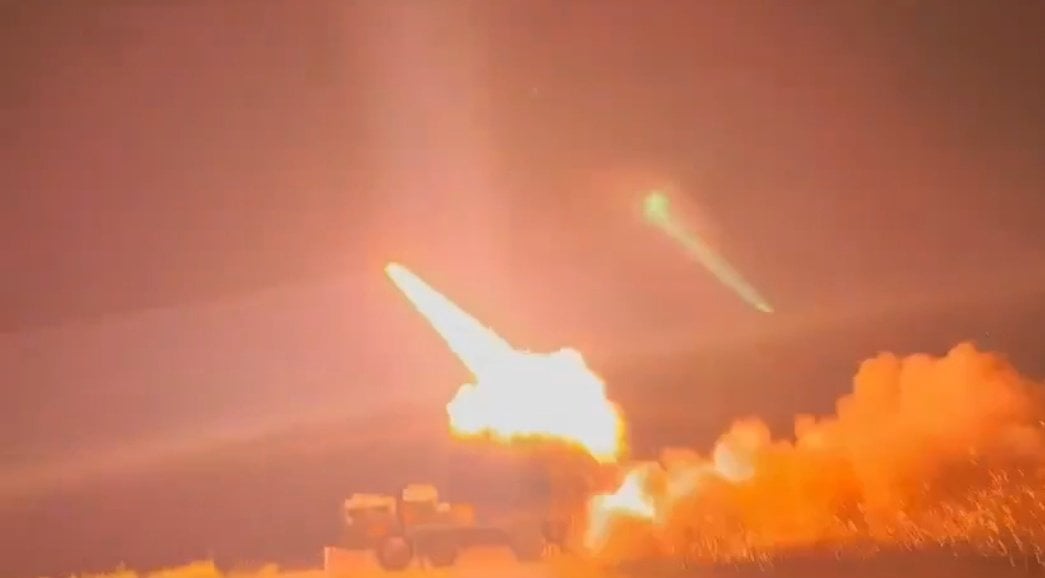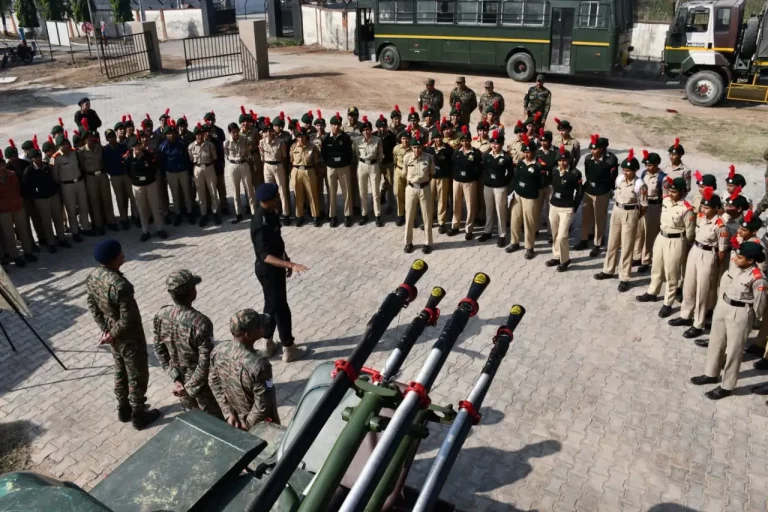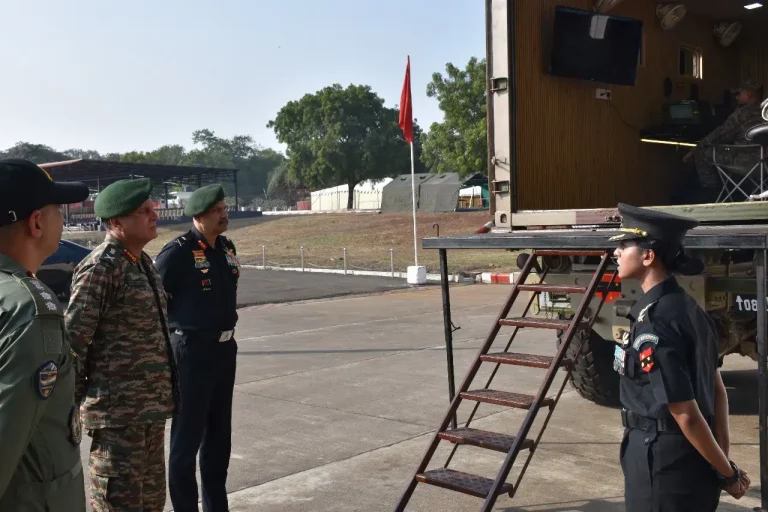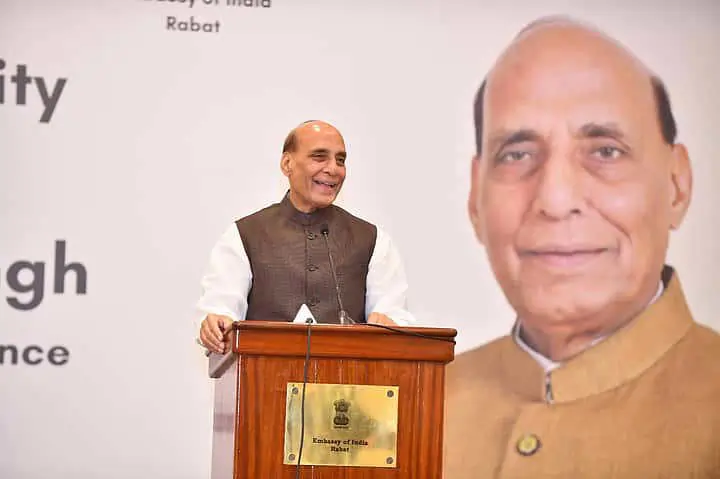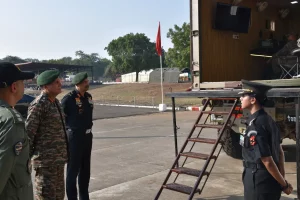The longstanding conflict between India and Pakistan has reached a critical flashpoint as both nations engage in a dangerous exchange of missile strikes and unprecedented aerial combat. This escalation has sparked fears of a broader military confrontation between the nuclear-armed neighbors.
On the night of May 9, dramatic visuals of missile launches and air raid sirens dominated social media platforms. Reports indicated that Pakistan had initiated a retaliatory campaign—dubbed Operation Bunyan-un-Marsoos—targeting locations in India following earlier strikes. According to Radio Pakistan, a significant target was a BrahMos missile storage facility situated in Beas, Punjab. While Pakistan asserts that the site was successfully destroyed, independent verification of this claim is still pending.
This latest escalation follows India’s strikes on May 7 against various sites in Pakistan and Pakistan-occupied Kashmir (PoK). Islamabad claims these Indian attacks resulted in the deaths of at least 34 individuals, including 26 civilians. Conversely, India reports that 12 of its civilians have died due to shelling from Pakistan in northern sectors. The violence has triggered urgent international calls for calm, with both the European Union and Turkey warning that the region is teetering on the brink of an “all-out war.”
Among the most dramatic developments was a large-scale dogfight on May 9 involving an estimated 125 fighter jets from both air forces. Eyewitness accounts and preliminary footage suggest that three Indian jets—potentially Rafale, Mirage 2000, or Su-30 MKI—crashed in Kashmir. Pakistan claims to have downed five Indian aircraft. Although Indian authorities have not officially confirmed these losses, wreckage has been spotted near Srinagar, fueling widespread speculation.
The conflict has also seen the operational use of the BrahMos supersonic cruise missile, a pivotal asset in India’s defense arsenal developed in collaboration with Russia. Indian defense sources noted that an air-launched BrahMos missile was deployed to target what was believed to be a Pakistani drone base near Gujranwala. This marks a significant escalation, especially considering the historical sensitivity surrounding the missile’s accidental launch into Pakistani territory in 2022.
Amid escalating military actions, nationalist fervor is rising in both countries. In Pakistan, mass protests have erupted, with demonstrators burning Indian flags and demanding retaliation. In India, media discourse is increasingly dominated by calls for decisive military action, with mounting pressure on the government to employ advanced weaponry in response to further provocations from Pakistan.
International leaders are hastening to contain the situation. Saudi Arabia has called for both sides to engage in diplomatic dialogue while reiterating support for Pakistan and urging restraint. The United Nations is actively monitoring developments, amidst fears that the crisis may soon eclipse previous confrontations like the 1999 Kargil War and the 2019 Balakot airstrike.
As border skirmishes, missile exchanges, and aerial engagements continue, the region finds itself at a precarious crossroads. The forthcoming actions of New Delhi and Islamabad could pave the way for de-escalation or plunge South Asia into one of its most perilous conflicts in recent memory.
